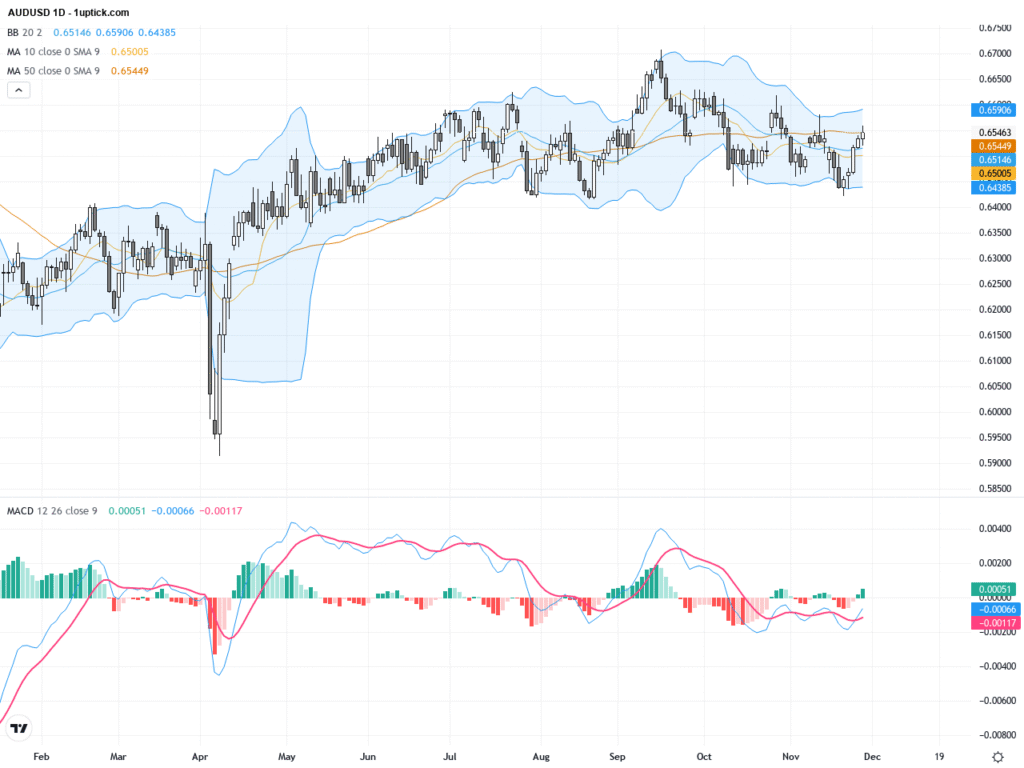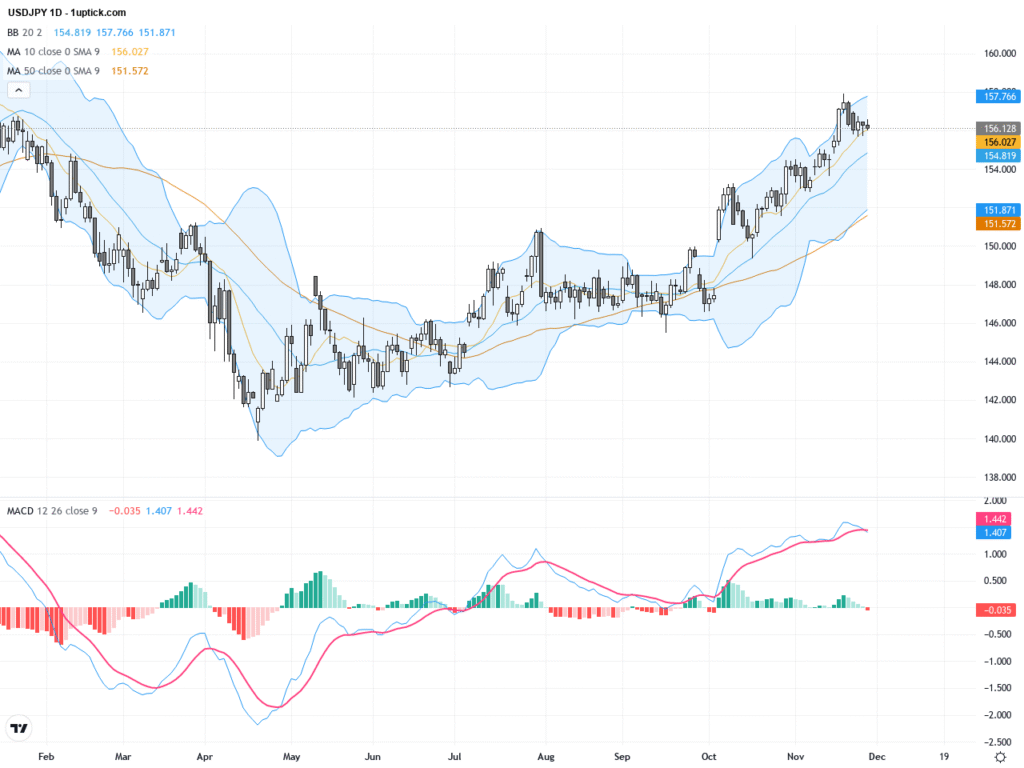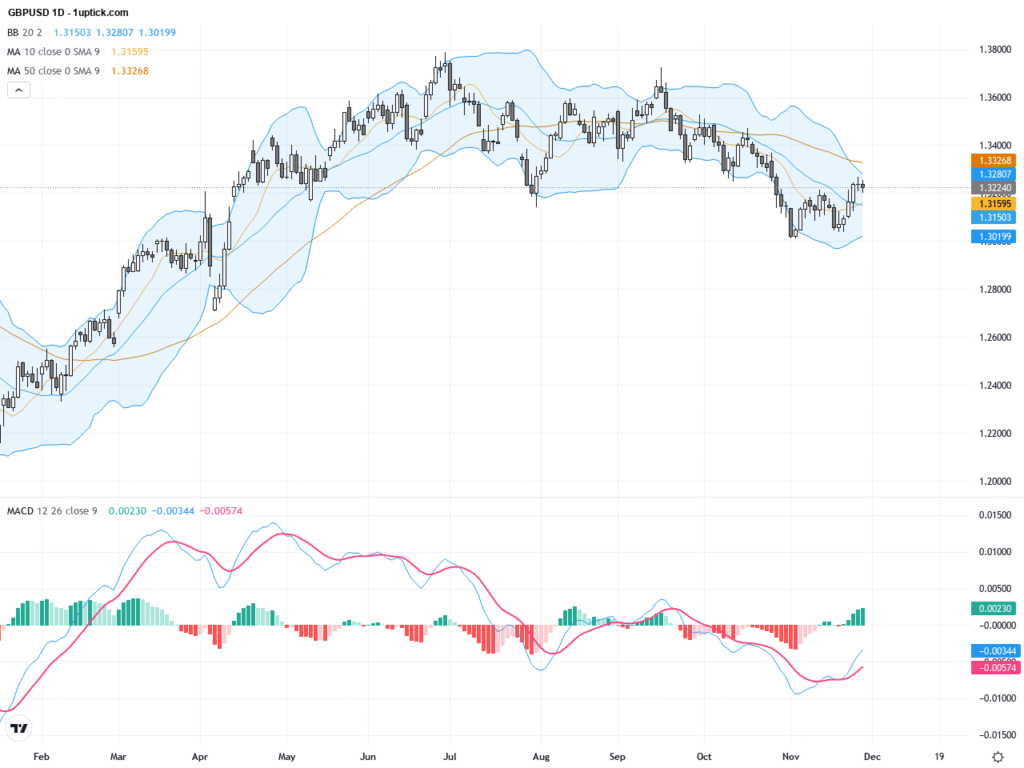 |
| Gold V.1.3.1 signal Telegram Channel (English) |

Walmart’s Post-Tariff Strategy: CEO on Pricing, Inventory Management, and Supply Chain Resilience
2025-08-22 @ 14:00
Walmart’s CEO Discusses Post-Tariff Pricing and Inventory Strategies
Amid persistent global economic challenges, Walmart’s CEO recently outlined the company’s approach to navigating post-tariff adjustments, with a particular focus on pricing strategy and inventory management. The interplay between tariffs, supply chain disruptions, and evolving consumer expectations has driven many major retailers—not just Walmart—to reconsider both short-term tactics and longer-term strategies.
Tariffs and Their Impact
Tariffs, especially those resulting from trade tensions between the U.S. and China, have significantly impacted the cost structure for retailers. Import costs have risen for many everyday goods, with these increases often finding their way into consumer prices. Walmart, known for its “Everyday Low Price” philosophy, faces unique pressure to shield shoppers from sudden price hikes whenever possible.
The CEO addressed how the company manages these challenges. Walmart aims to absorb as much of the increased costs as possible, seeking efficiencies throughout its supply chain, and working closely with suppliers worldwide. However, it’s not always feasible to keep prices entirely fixed: when tariffs substantially raise costs, some price adjustments become inevitable.
Post-Tariff Pricing Strategies
Walmart is selective in passing on tariff-related costs. Instead of blanket price increases, the company prioritizes essential goods by:
- Negotiating with suppliers for better terms or alternative sourcing.
- Using its scale and logistical advantage to drive down the per-unit cost on bulk purchases.
- Targeting specific product categories where consumer demand is least sensitive to small price changes.
- Implementing dynamic pricing—adjusting prices continually in response to changing cost inputs and competitive actions.
The company’s approach hinges on being transparent with its customers about necessary adjustments. This fosters trust and underscores Walmart’s commitment to affordability, even in challenging economic times.
Inventory Replenishment and Stock Levels
Another critical issue in the post-tariff environment is inventory management. With supply chains under strain, effective inventory control is vital to avoid both stockouts and unsold excess.
Walmart’s CEO explained recent steps to fine-tune stock levels:
- Utilizing advanced data analytics and forecasting tools to anticipate demand surges and dips more accurately.
- Moving away from just-in-time inventory models for certain high-demand products, choosing instead to carry more buffer stock.
- Investing in warehouse automation and logistics to accelerate the replenishment process and maintain availability, especially on items directly affected by tariffs.
These efforts ensure shelves remain well-stocked with core items, minimizing disruption for customers—even as global commerce faces headwinds.
Long-Term Supply Chain Resilience
The CEO emphasized that some measures are part of a broader strategy to build long-term resilience. Walmart is increasingly diversifying its supplier base, both geographically and by category, reducing risk from any single region or market event.
Partnerships with local suppliers are being expanded, and the company is reevaluating existing contracts to improve terms and responsiveness. This not only supports local economies but also mitigates the impact of future tariffs or trade barriers.
Technology investments are also a pillar of Walmart’s strategy. Automated inventory tracking, AI-driven demand forecasting, and advanced logistics platforms help the company adapt more quickly to real-time market changes and unforeseen disruptions.
Customer Experience and Competitive Positioning
Despite the complexity of managing rising costs and unpredictable supply chains, maintaining a superior customer experience remains at the forefront. Walmart’s teams proactively communicate with customers about changing stock levels and provide digital options for real-time product availability updates.
Walmart remains committed to delivering value. By leveraging its global supply chain expertise, technological advancements, and strong supplier relationships, the company continues to provide competitive prices—seeking not just to weather the current environment, but to strengthen its position as a top retailer of choice.
Looking Forward
As tariffs, inflation, and global trade uncertainty remain part of the landscape, retailers like Walmart will continue to adapt. The company’s strategic balance between absorbing costs, selective pricing adjustments, and robust inventory management is likely to set the standard for the sector.
For financial bloggers and retail analysts, Walmart’s evolving tactics offer a revealing look into best practices for survival and growth in the face of economic uncertainty. As the retail giant adjusts to market realities, its experience serves as a case study for both established players and new entrants hoping to maintain profitability without compromising customer loyalty.








